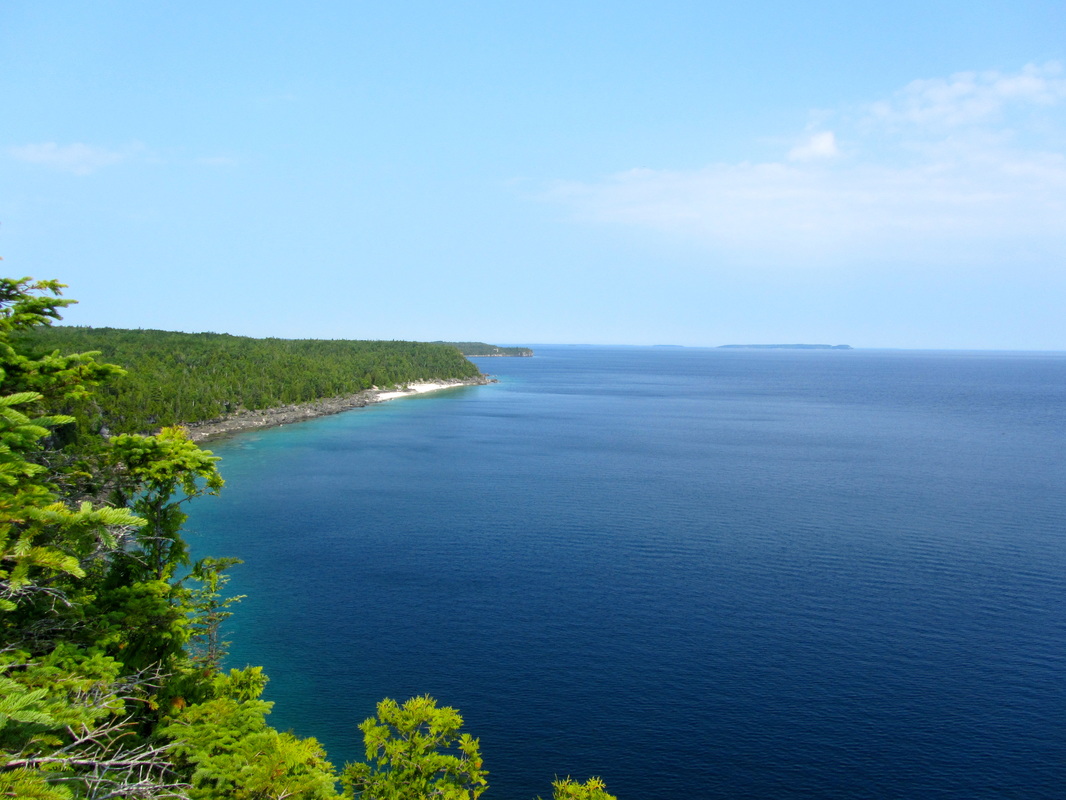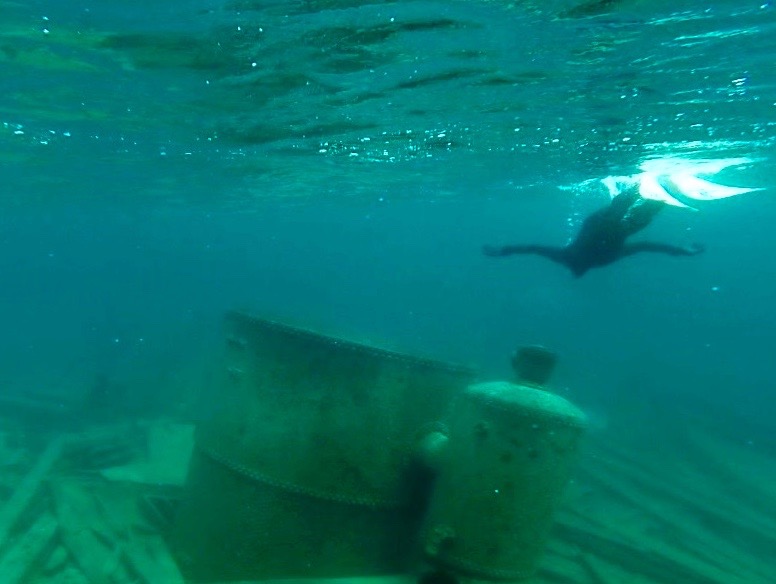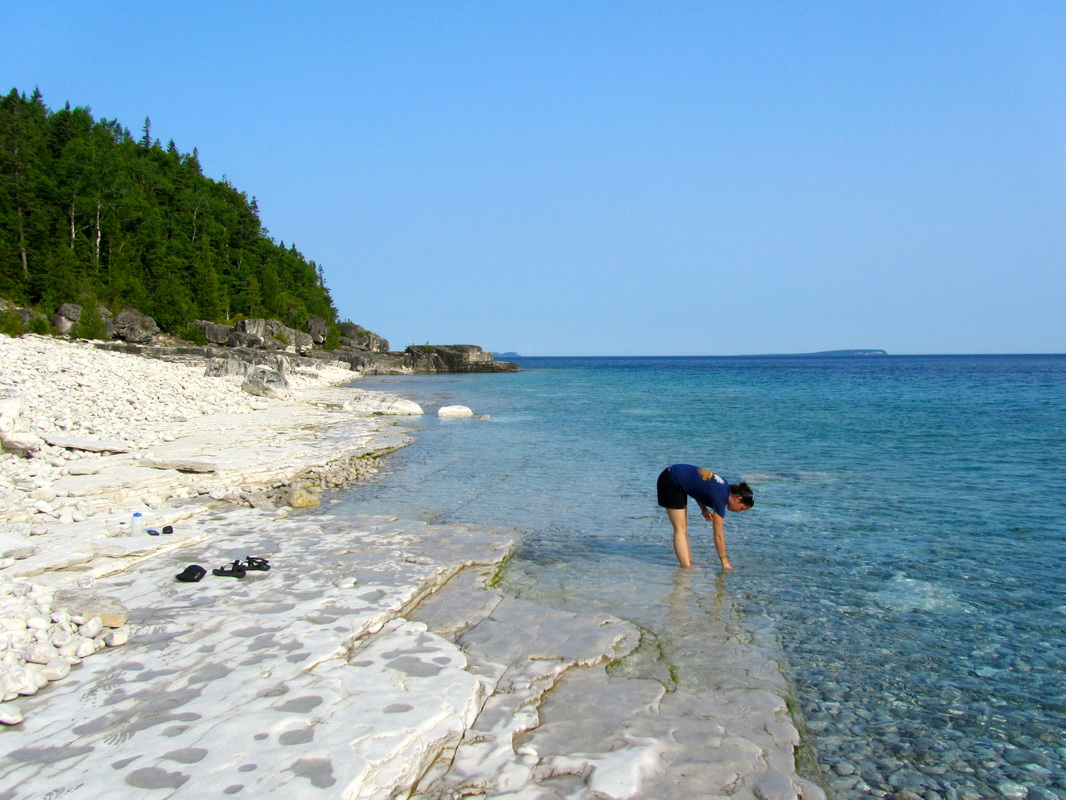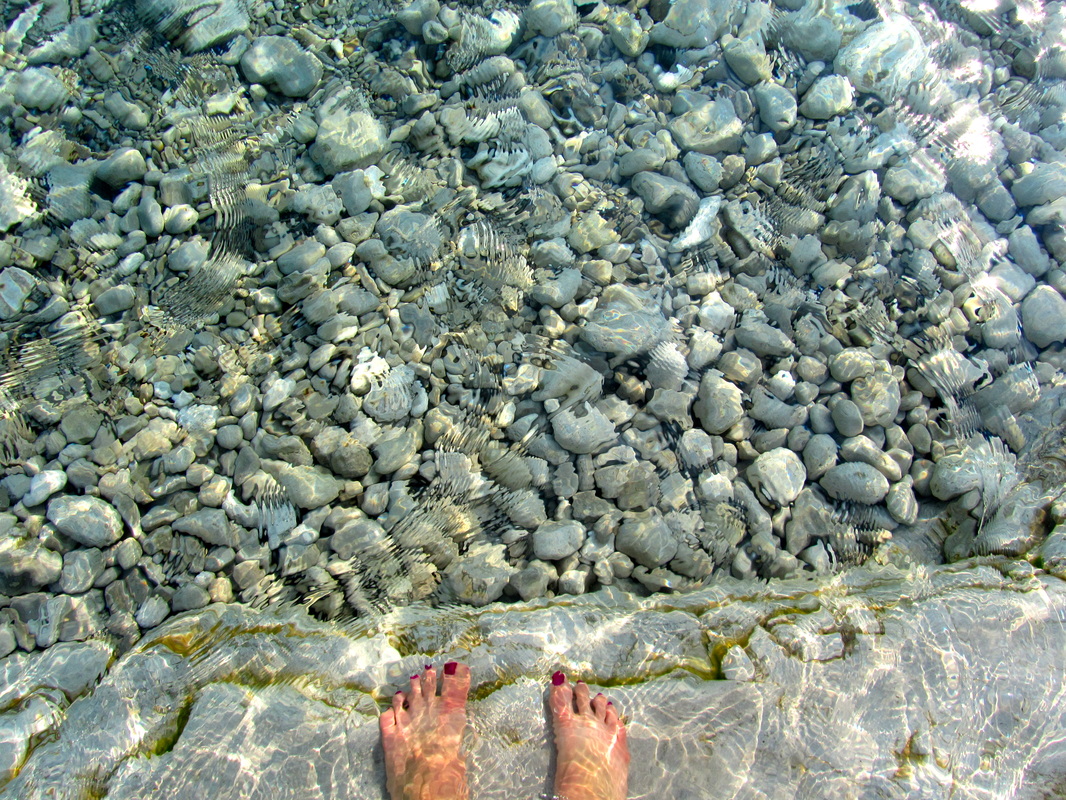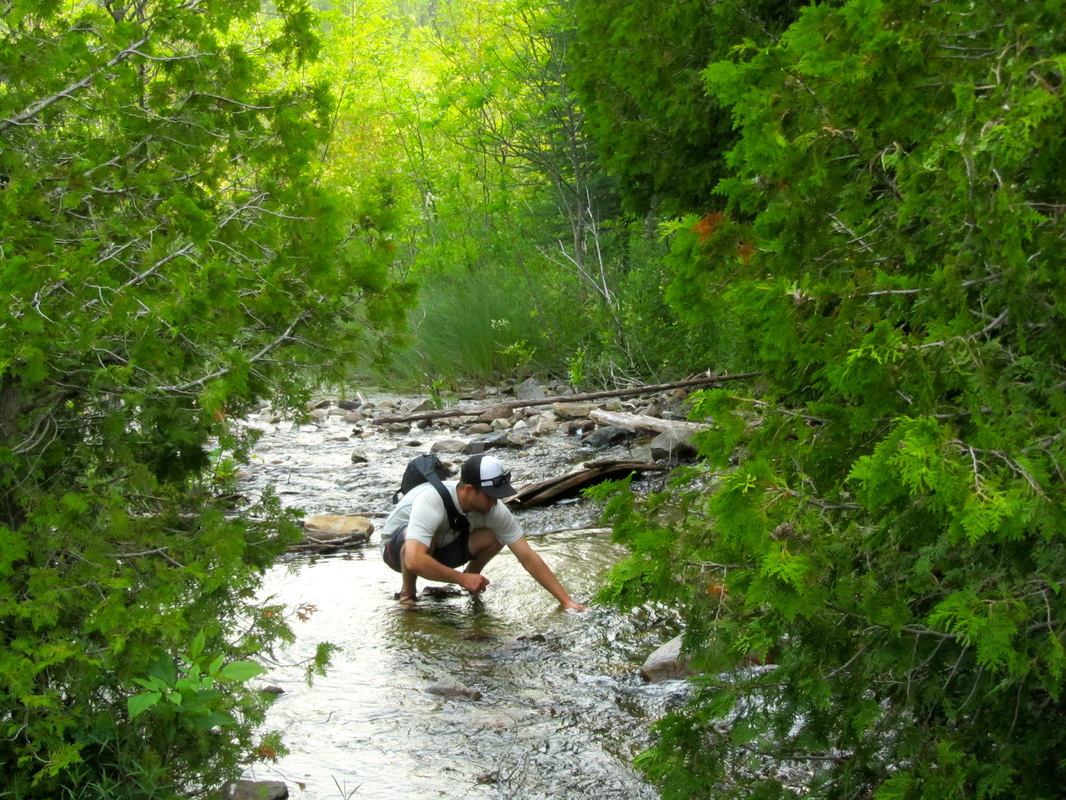ASC Microplastics Adventurer
The steel-hulled boat rocked gently as we sat on the back, readying to jump into the frigid water of the Georgian Bay.
On the way to a weekend backpacking trip, we’d detoured to explore the historic W.L. Wetmore shipwreck by snorkel. The steamship sank in November 1901, after colliding with one of the many limestone reefs and shoals that lurk below the water’s surface in northern Lake Huron.
Before taking the plunge, we collected our first water sample for the ASC Microplastics Project. I looked into the water, wondering if microplastics drifted there above the glacially scoured bedrock and century-old ship.
With roughly 25 shipwrecks in the Fathom Five National Marine Park, the area served as a reminder that humans have been impacting the planet since long before microplastics appeared in our soaps and other products. Unfortunately, the mistakes we make now have a resounding, ecosystem-wide impact, compared to the heap of sunken wooden planks and old boiler on the bottom of this remote bay.
I waded from the sun-warmed rock into the cold water to collect a sample and took a picture to try to capture the magic of the crystal clear water. It was hard to imagine that microplastics might be drifting around in this beautiful, seemingly pristine ecosystem.
As Edward Abbey wrote, “It is not enough to understand the natural world. The point is to defend and preserve it.”
ASC provides an incredible opportunity to collect data that moves us toward the defense and preservation of the places we explore and love, and I am excited to continue to gather more samples on adventures both big and small.

